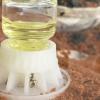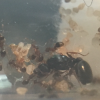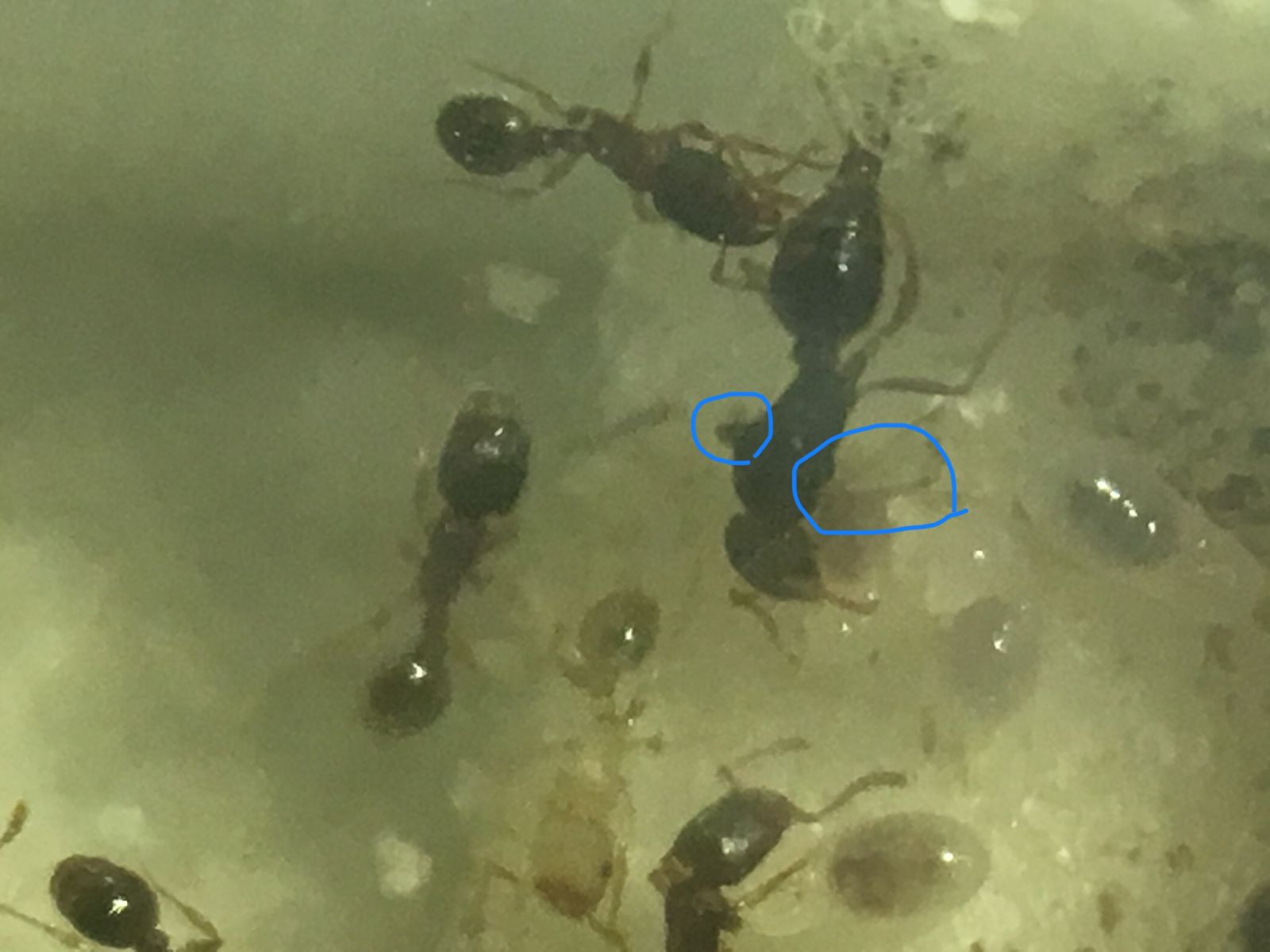In the example above, that looks to a be a queen x worker intercaste. The head, legs, and antennae are still relatively normal, but we do see a lot of development in the thorax and likely some development in the ovaries that you would not see in a true Tetramorium immigrans worker.
Intercastes are known to occur in ants relatively often. Some species are definitely more prone to it than others, though. The photo above is a perfect example. It's essentially an ant that is halfway between two castes.
Since all ants delegate caste somewhat differently, all that's really important to know is that at some point in the larva's development process it was receiving the signal to develop into one caste and at one point that signal changed to another caste. I believe it can also be caused by the larva's genetics, but I am less sure of this.
Currently Keeping:
Trachymyrmex septentrionalis
Pheidole pilifera
Forelius sp. (Monogynous, bicolored) "Midwestern Forelius"
Crematogaster cerasi
Pheidole bicarinata
Aphaenogaster rudis
Camponotus chromaiodes
Formica sp. (microgena species)
Nylanderia cf. arenivega





















